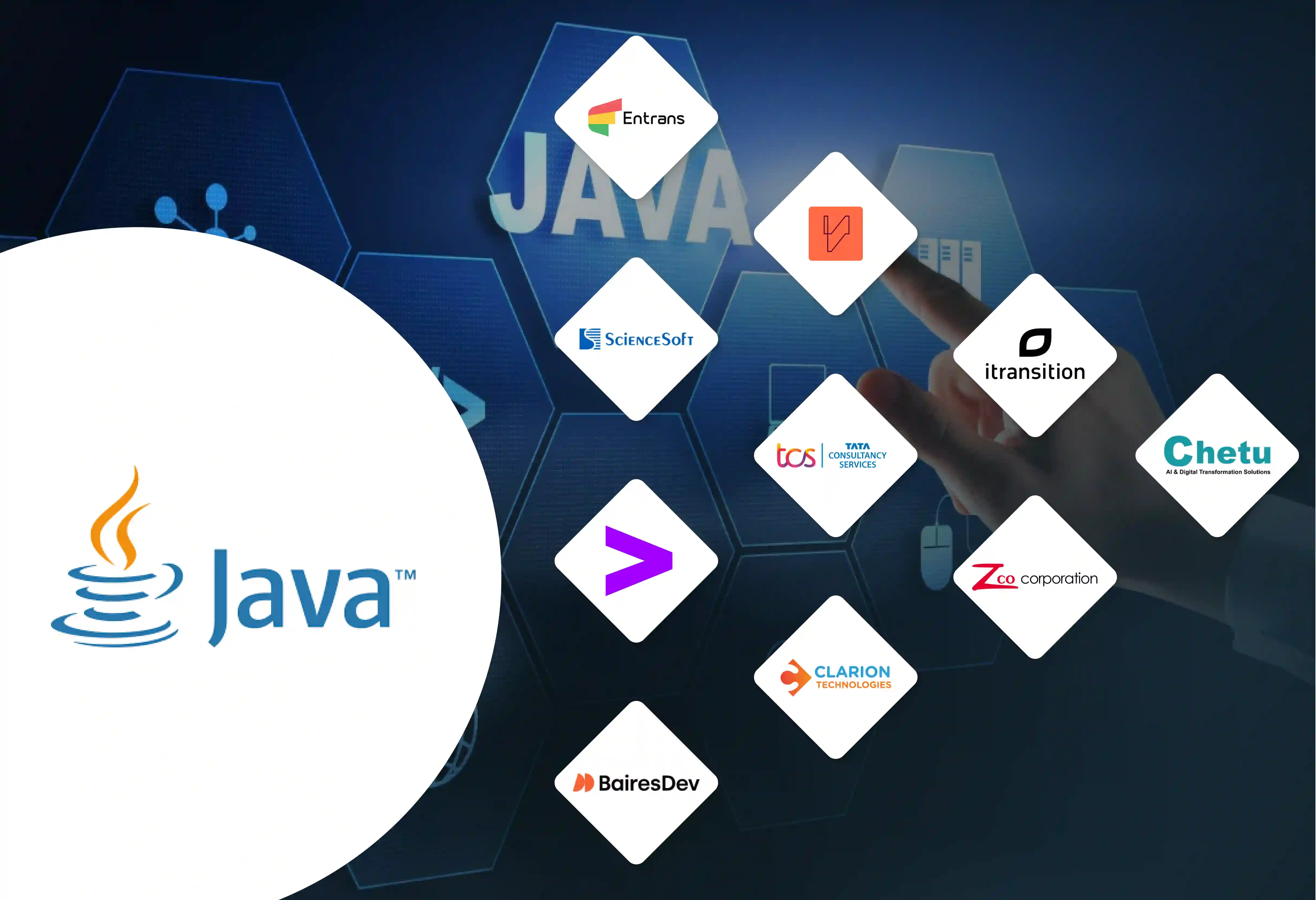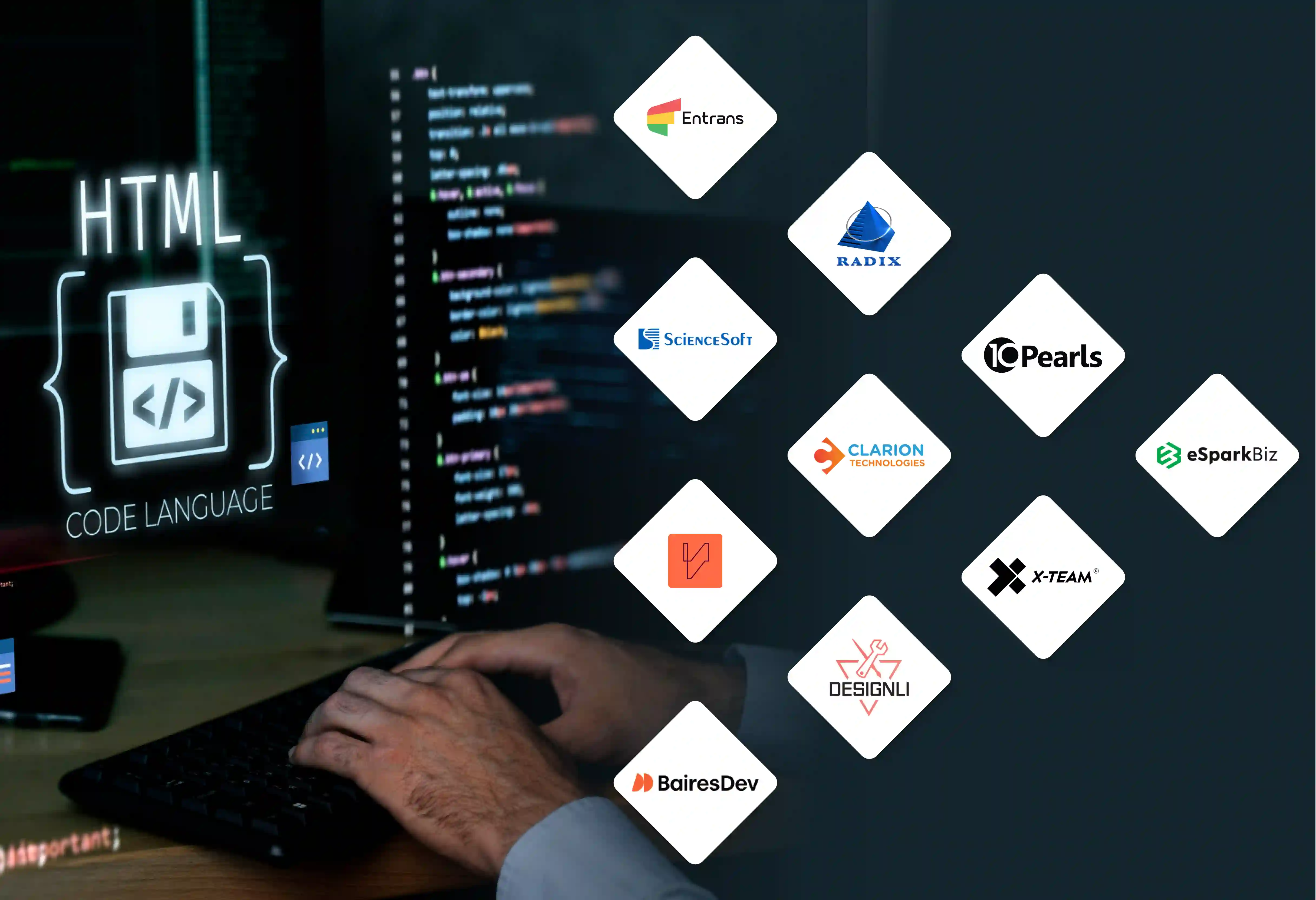Still sticking with legacy infrastructure? Are Legacy systems slowly crippling your business, harder to scale, and failing to meet customer expectations?
Almost 90% of enterprises have moved to some form of cloud computing. This gives rise to the need for a Cloud Migration that reduces costs, is more flexible, and increases agility. A well-defined Cloud Migration strategy helps organizations to achieve their goals with minimal risks and disruption.
This guide explores how to build a Cloud Migration Strategy plan, its benefits and challenges, the step-by-step migration process, and its best practices.
What is a Cloud Migration Strategy?
A Cloud Migration Strategy is a detailed process of moving an organization’s digital assets, like data, applications, and IT resources, from on-premises to a cloud or cloud-based environment.
This strategy helps us to plan and prioritize which workloads to migrate and test. It defines the goals, timelines, cloud models, resources, and approach needed for a successful migration.
Key Benefits of Cloud Migration
Migrating to the cloud will reshape business operations. Some key benefits that make cloud migration so popular include
- Increased agility and Scalability: Cloud computing can automatically scale to support larger users and workloads. This ensures that your applications perform well during peak hours by utilizing proper resource allocation. Cloud migration minimizes downtime during scaling operations, making it a more flexible solution.
- Cost savings: Cloud migration eliminates the need for upfront investments in hardware and software, infrastructure, and operational costs. Because of the “Pay-as-you-go” model, the pricing is decided based on the usage of cloud resources. Cloud providers are responsible for maintaining and updating the infrastructure, which significantly reduces the maintenance costs.
- Performance and availability: Cloud services ensure data is remotely available to customers and employees. It has increased application response time. A faster and more reliable application satisfies the customer and enhances the user experience.
- Sustainability: Due to their auto-scaling features, cloud providers enhance efficiency, enabling the development of scalable and sustainable products.
- Faster Innovation and development: Cloud-native tools utilize modern technologies, including Artificial Intelligence, Machine Learning, edge computing, and Blockchain services, which encourage innovation and expedite decision-making.
- Disaster recovery: Cloud environments offer built-in disaster recovery capabilities, such as automated backups, making it simpler and more cost-effective.
- More secure: Most cloud service providers implement advanced security measures, including data encryption, firewalls, and regular security updates. Cloud providers also help us to meet industry standards such as GDPR, HIPAA, and SOC 2.
Why Your Business Needs a Cloud Migration Strategy
A structured Cloud migration strategy improves business growth, and it is important for
- Achieving business goals.
- Accelerating Innovation.
- Improving and ensuring security and regulatory compliance.
- Optimizing cloud resources usage and infrastructure costs.
- Enhancing the organization’s agility and supporting long-term growth.
- Maintaining Flexibility and scalability.
- Reducing migration risks and downtime.
Types of Cloud Migration Strategies (The 6 Rs Explained)
Understanding these cloud migration strategies (“Rs”) helps us to build a cost-efficient and successful cloud migration plan. Data can be moved into a cloud platform by 6 types of cloud Migration strategies.
1. Re-host (Lift and Shift):
Re-hosting (Lift and shift) means moving applications to the cloud without changing their architecture or code.
- This approach does not give maximum cloud benefits.
- It is mostly used on legacy systems with low complexity.
- This type of cloud migration strategy is the fastest migration approach and requires less effort.
- Low-code/no-code means fewer risks.
- Existing skill sets are largely transferable.
- It is chosen for its speed and simplicity.
2.Refactor / Re-architect:
Refactoring means redefining and rebuilding the codebase to take full advantage of cloud-native technologies like microservices, containers, and serverless computing or cloud auto-scaling.
- This is the most transformative approach.
- It gives maximum cloud benefits like flexibility, automation, and stability.
- It is the most expensive option and also compatible with the future.
- This cloud data migration strategy is mostly suited for critical applications.
- Maximized cloud benefits.
- It is complex and requires significant development resources.
- Since more changes are introduced, it automatically increases the risk factor.
- The migration process takes a longer time to deliver the product.
3. Repurchase:
Repurchasing (Drop and shop) means replacing an existing application with a new cloud-native Software-as-a-Service (SaaS) product.
- Infrastructure is not there to be maintained, so IT operations are simplified.
- Budgeting is easier due to cost prediction.
- This cloud migration strategy is suitable when a SaaS alternative is readily available that offers superior functionality.
- Data migration and integration are complex.
- Custom features are not supported.
- Customization is not possible.
- It makes the product dependent (vendor Lock-in) on SaaS’s features and pricing.
4. Retain (Revisit):
Retaining means keeping certain applications on-premises, either because they are not suitable for migration or migration is not a priority.
- An organization can maintain compliance and reduce risks by evaluating which system to keep on-premises.
- It focuses on high-value assets only.
- Retaining-cloud migration strategy is suited for applications with unique needs.
- Does not provide full cloud benefits.
- Infrastructure costs should also be maintained along with cloud pricing.
5. Retire:
Retiring means identifying and decommissioning applications that no longer serve the business.
- This kind of cloud migration process helps to streamline the environment before or during migration.
- It simplifies the migration scope.
- This cloud migration approach lowers costs by eliminating the license and maintenance costs for the product.
- Careful analysis is needed to identify the unused functions.
6. Replatform (Lift, Tinker, and shift):
Replatforming means making small modifications like changes to the database, application run time, or middleware layer to an application before moving it to the cloud environment.
- Limited code changes are required.
- It is not fully cloud-native, and it does not provide cloud benefits.
- Code changes and testing are necessary.
- This type of cloud migration strategy is faster than refactoring and rewriting.
- It gives better performance and efficiency than rehosting
- This improves the operational efficiency of some components.
8-Step Cloud Migration Framework for Enterprises
An enterprise's cloud migration strategy requires careful planning and execution. By using the 8-step framework, cloud migration can become a successful one. The cloud migration steps are
- Define goals and objectives: The first step is to assess the current setup and identify the business goals, dependencies, cost savings, understand technical requirements, and prioritize which applications should be moved first. Analyze your data to determine cloud readiness and identify potential challenges in moving to the cloud.
- Choose a cloud service provider and migration approach: Now that the data is ready to move to the cloud, we need to select the cloud service provider (eg, AWS, Azure, Google Cloud Platform) by considering services, pricing, and security. Next is to choose an appropriate cloud deployment model: Public, private, or hybrid. Public cloud works well for highly scalable and cost-effective workloads, which are offered by Azure, AWS, or Google Cloud. Private cloud suits for more control and security, but it has less scalability and requires a higher cost. A hybrid cloud is a mix of both public and private deployment models.
- Develop a Cloud Migration plan: Create a migration plan that gives information about what needs to be done based on the timelines, milestones, risks, resource allocation, and issues.
- Define cloud governance and security framework: Establish the governance policies for the access control, budgeting, and management of cloud resources. They make sure to align with organizational needs, secure, and bring cost effectiveness. A clear and concise policy will ensure that the best practices are used by the organization.
- Prepare the team: Ensure that the team has the necessary resources, skills, and knowledge for cloud migration.
- Execute migration: Set up a pilot environment. Start migration of small and non-critical workloads in phases. In each phase, validate architecture and configurations, tune automation scripts, and migration tools. Once the pilot run is complete, do a full-scale migration. Use automation where possible to maintain consistency and speed. This ensures minimal disruption to business operations.
- Test and validate: Thoroughly test each migrated application in the cloud environment to ensure it works functionally and performance is achieved.
- Monitor, optimize, and review the cloud environment: Once migration is complete, continuously monitor and optimize the application’s performance, its resource utilization, and user experience. Improve performance using auto-scaling and load balancing.
The final phase of cloud migration is conducting a thorough review after each phase of migration and at the final stage. Evaluate whether cloud migration has met the business requirements. Document the steps and lessons learned.
Common Challenges in Cloud Migration (and How to Overcome Them)
Once the migration is complete, it is not the end; it is the catalyst for innovation. A proper cloud migration strategy can bring agility and improve performance when the following challenges are foreseen and addressed.
- Lack of clear objectives: Moving the application to the cloud without a concise plan can lead to inefficiencies, higher costs, and risks. This is overcome by developing a detailed cloud migration strategy plan that outlines the objectives, goals, timelines, and risks.
- Vendor lock-in: Cost and flexibility will be reduced if there is any dependence on a single cloud service provider. Vendor lock-in is overcome by adopting a multi-cloud strategy and by using open-source technologies. Before migrating to the cloud, evaluate the cloud service provider’s platform and tools.
- Application system compatibility: Legacy applications and hardware dependencies systems might not be compatible with the cloud. It requires refactoring or using some modern technologies to do this. This increases the cost for the organization. This is overcome by conducting a thorough assessment of the application and doing the migration in phases. Apply a cloud migration strategy approach and prioritize the ones that will give positive outcomes.
- Unexpected cost: Uncontrolled cloud usage can lead to significant cost overruns. Cloud migration becomes expensive, and it needs to be managed effectively. This is addressed by establishing a clear budget and pay-as-you-go model. Conduct a thorough Total Cost of Ownership (TCO) and Return on Investment (ROI) analysis before migration.
- Migration complexities: Moving a vast amount of data into the cloud can be challenging, and it is error-prone. Issues with data integrity and downtime should be addressed. This is overcome by carrying out the migration through proper tools for data validation and transfer. Validate the data after every phase of migration.
- Skills gap: Cloud technologies keep changing over time, and there might be a shortage of skilled people with experience in cloud architecture. Challenges in talent shortages and skill gaps can be addressed by investing in proper training and hiring cloud migration experts. Choosing the best cloud provider, like Entrans, can also bridge this gap as it has over 100+ certified professionals.
How Entrans Handles Your Cloud Migration from Strategy to Execution
From day one, Entans reviews and provides a cloud engineering framework that will speed up your GTM timeline and lower costs. Our comprehensive cloud deployment services are:
- Cloud architecture: Whether it’s a hybrid model or a microservices cloud architecture, our cloud service engineers keep your data processing smooth. Certified in AWS, Azure, and GCP, we also avoid data silos using centralized cloud storage.
- Cloud migration: We help with cloud migration, like database migration, server migration, and even on-premises or offline data migration on AWS, Azure, and Google Cloud.
- Cloud operations and Error reporting: With 24/7 cloud operations support, we ensure that your cloud infrastructure is always up and running smoothly for AWS, Azure, and Google Cloud Ecosystems.
- DevOps and CI/CD Pipeline Automation: With a streamlined release process, our team helps set up continuous deployment, ensuring rapid and reliable product launches.
Entrans delivers world-class cloud engineering services with 100+ certified cloud professionals and 75+ happy clients. Our team designs robust cloud systems that provide real-time updates, seamless integration, and enhanced performance, helping you achieve faster, more reliable cloud solutions. Want to know more? Book a free consultation call today, with no obligation!.
Case study:
For our client, Entrans overhauled its CI/CD process to seamlessly integrate and deploy platform updates while upholding top-notch security standards. The solution was crafted to streamline scholarship administration, ensuring that updates are rapidly developed, tested, and deployed without any compromise on security or availability. Are you interested in learning about the impact this had? Dive into our case study on transforming CI/CD with Azure Dataflow.
Trends to Watch in Cloud Migration (2025 & Beyond)
As we are in the middle of 2025, several key trends are reshaping how organizations do app migration to the cloud.
- AI and predictive data analysis: Cloud platforms are integrating AI/ML to automate and optimize migration planning, execution, and post-migration management. AI-driven tools are not just operational but predictive. It reduces manual effort and improves accuracy in workload mapping.
- Hybrid and multi-cloud option: Hybrid (a mix of on-premises and cloud) and multi-cloud (public and private) environments are on the rise in 2025. Around 90% of the organizations are moving to having hybrid cloud native strategies. These will prevent vendor lock-in and meet compliance and regulatory requirements effectively.
- Industry-specific cloud platform: Specialized vendors are increasingly offering tailored cloud application migration solutions for various industries. They offer pre-built templates and services tailored for industry use cases.
- Serverless architecture adoption: Modern applications are increasingly being designed as microservices using containers and serverless frameworks.
- Security first cloud migration: Cloud security is becoming the utmost priority in every phase of migration. The “never trust, always verify “ principle will be universally applied with access control and continuous authentication.
Conclusion
A robust Cloud Migration Strategy is no longer a luxury; it is necessary for business growth. A migration plan acts as a catalyst for innovation, fosters new opportunities, and reduces costs. You are not just moving data; you are future-proofing your business.









